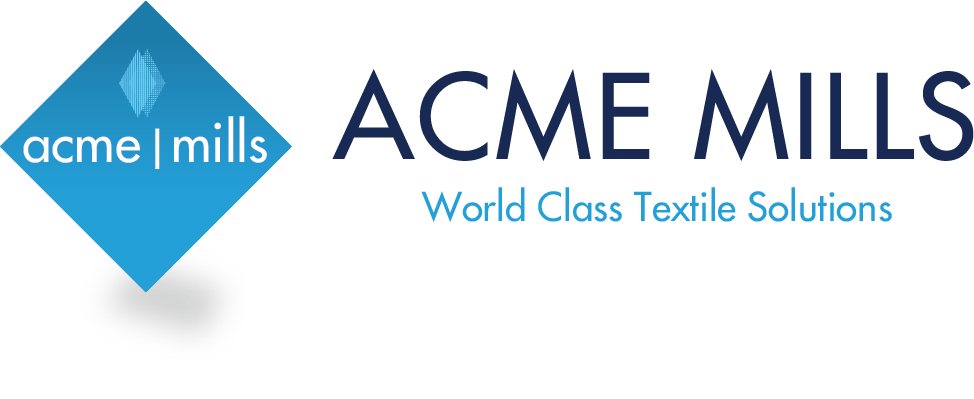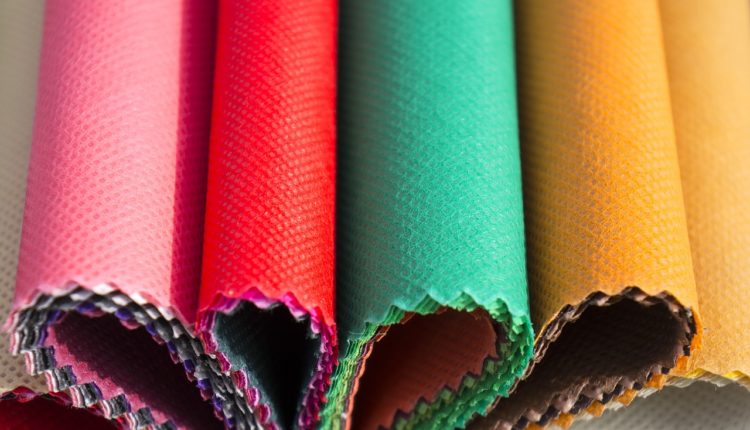Curious how ultrasonics aid infection control in nonwoven fabrics? Consider this.
According to Medical Design and Outsourcing:
“The low cost and utility of nonwoven fabrics have made them essential in the global battle to prevent the spread of infection. Whether found in packaged sterile surgical drape kits, personal protective equipment (PPE) such as surgical caps and N95 masks, gowns, scrubs and foot covers, disposable nonwovens provide an effective yet inexpensive barrier against microorganisms and contamination.
“Their versatility extends into a host of other products, including hygienic and absorbent products ranging from shields and pads to diapers, underwear and disposable filters.
“Experts predict that demand for surgical, medical and hygienic nonwovens will continue to grow steadily for years. Market drivers include the hygienic needs of a growing population of older adults, infection-control, and continued advances in nonwovens production, fabric processing and assembly.
The role of ultrasonic technology
“Ultrasonic applied technology has played a critical role in enabling the rapid growth of nonwovens and boosted its own growth in this market segment.
“Similar to ultrasonic technology used in welding rigid plastic parts, ultrasonic welders transmit high-frequency mechanical vibration via tooling through thermoplastic material to create frictional heat. Depending on the selection of weld parameters and tooling, the frictional heat generated by ultrasonics can be focused and used to:
“Cut or slit a large roll of nonwoven fabric into narrower strips, with cut edges simultaneously seamed and sealed by the friction.
“Bond two pieces of nonwoven fabric into the finished seam of a garment, such as a surgical gown, or a piece of protective gear, such as a surgical mask or cap.
“’Quilt’ multiple layers of nonwoven material into laminated absorbent products, alone for use in some sanitary pads, or together with other absorbents such as the superabsorbent wood/paper fibers sometimes used in disposable diapers.
“Tooling includes the horn, which transmits the sonics into the material, and the anvil, which goes beneath or holds the material being processed. The actuator provides the downforce needed to maintain the correct degree of contact to transmit the vibrations from the tooling to the anvil, through the fabric.
Advantages of ultrasonics
“Because of the speed, reliability and energy-efficiency with which ultrasonic welders complete slitting and seaming, the producers of nonwoven products continue to convert older and more energy-intensive cutting and seaming equipment, such as heat knives, over to ultrasonics. The ultrasonic welder only consumes power when it is actually slitting or bonding. Since it generates its heat instantly through vibration, there’s no additional energy consumption needed to pre-heat a heat knife and no need to maintain it at the proper operating temperature.
“When ultrasonic welding is used to create seams or laminates, it is also exceptionally fast, able to make individual bonds in a fraction of a second. It can also bond continuous seams rapidly for everything from disposable medical garments and surgical face masks and face shields to disposable hygiene products, diapers, gowns, filter media and more. The rapid, strong, and repeatable bonds remain as strong as the parent material. Quick production with a minimum of energy use keeps costs down for disposable absorbent and infection-control products.
“Compared to sewing, ultrasonic creates high-strength, high-integrity seams without the need for thread, and without creating mechanical holes in the fabric that can hold and conceal microorganisms or contaminants. It also eliminates the need for adhesives, including the added effort of application, the added time required for set-up and drying and the added risk of exposure to chemical contaminants. Ultrasonic seams are ready for use as soon as they are produced.
Borrowing from other industries
“Ultrasonic technology for nonwovens continues to evolve and improve, often using new features and capabilities developed for other industries. For example, the latest Branson ultrasonic equipment for nonwovens production incorporates Fieldbus communication capabilities that allow multiple individual systems to link together. This allows the user not only to control the weld parameters for an individual system, but also to monitor the status of an entire process for stronger quality control.”
Original Source -https://www.medicaldesignandoutsourcing.com/how-ultrasonics-power-infection-control-in-nonwovens/










